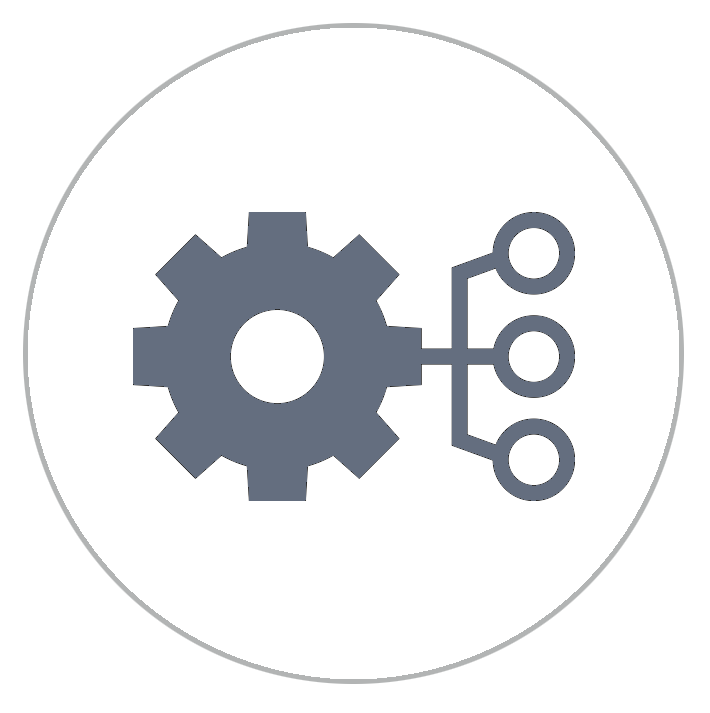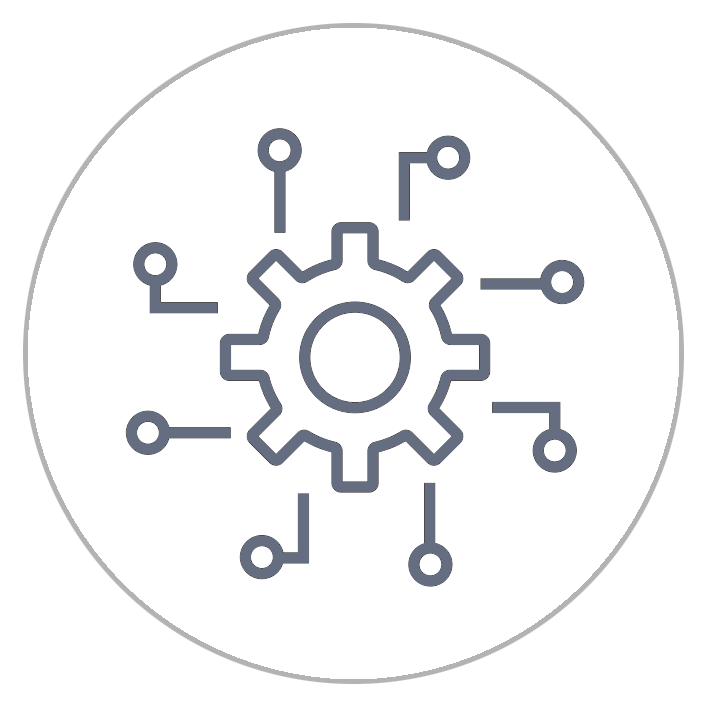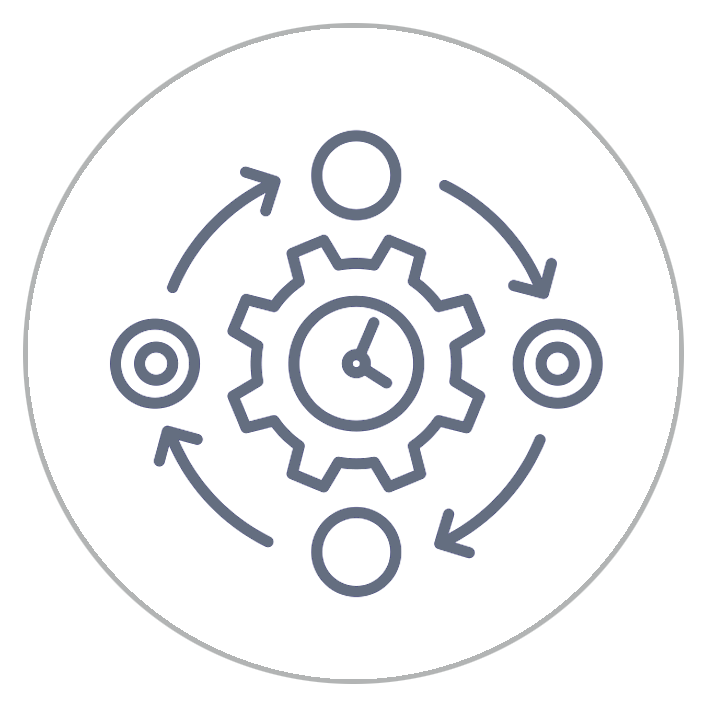Subscribe
Software powers modern businesses, but these ever-evolving applications and systems can also include vulnerabilities that threat actors can exploit to disrupt, threaten, and steal critical data. But fear not: Robust security processes can mitigate most of these risks and ensure that new features and updates are properly tested.
By incorporating dynamic application security testing (DAST) into their security processes, businesses can conduct thorough and secure scans of their production environment. This allows them to strike a balance between functionality and security, and makes it possible to deliver new features and functionality to their customers without compromising security. By embracing the challenge of securing applications, organizations can protect their critical data and stay ahead of the curve in a constantly changing market.
Risking a breach
Production environments are where applications are used and accessed. Applications are most vulnerable in production environments because they are exposed to real-world conditions—including the threats they were or were not designed to withstand.
If an organization’s applications are breached, it risks a range of negative consequences that can impact its reputation, finances, and operations, such as
- Data loss or theft
- Disruption of operations
- Regulatory fines and penalties
- Litigation from various entities
- Reputational damage
Because the risks associated with a breach can be severe, it is essential for organizations to take proactive steps to prevent a breach, as well as have a plan in place to respond quickly and effectively if a breach does occur. This is why testing applications in a production environment is important.
DAST in production
Web, mobile, and API applications are built in continually changing ways—they are, by definition, dynamic. Testing them in a staging environment comes with some risks.



Figure 1. Limited testing scope, different configurations, and timing all pose challenges.
It stands to reason that you can’t know how secure your applications are without testing them dynamically in a live environment. On the other hand, testing them live can inadvertently impact your applications and frameworks, putting an organization’s reputation and bottom line at risk. That’s why testing is often done in a staging environment.
The challenge is that staging environments are typically not exact replicas of production environments. Establishing and maintaining a simulated production environment requires significant effort and resources, including configuring a repository and related software, updating them through version control, and creating comprehensive documentation. Although organizations may begin with good intentions, over time, staging and production environments can diverge from one another, becoming increasingly dissimilar.
Consequently, the organization is unable to accurately assess its actual risk posture at any given point in time, since security risks identified and addressed in the test environment may not fully correspond with the risks present in the production environment. Discrepancies between cloud providers, virtualization tools, API gateways, or other components can introduce variations in application vulnerabilities and the way they are exploited.
How DAST can save the day—and the organization itself
DAST solutions can empower an organization to proactively identify vulnerabilities in live applications during runtime and swiftly address them, thwarting potential exploitation by threat actors. DAST leverages "black box" testing, irrespective of whether the code is proprietary or open source, to assess application behavior in response to various tests, such as inserting malicious data to identify security flaws.
While DAST is frequently used in preproduction environments such as testing and staging, it really shines in production environments, where it can map out the organization's exposure to potential attacks. However, DAST could potentially harm or crash a live application if not properly configured or controlled, which makes it a risky proposition for production environments where system stability is critical.
Additionally, it can be tricky to configure a DAST tool to handle certain types of authentication or session-based applications, which may lead to false positives or missed vulnerabilities. And finally, DAST can be resource-intensive, and it can impact application performance and response time during testing, which almost always negatively affects the end-user experience. These risks have primarily been the reason that organizations have struggled with using DAST in a production environment.
Continuous Dynamic
Continuous Dynamic™ is a product offered by Black Duck, recognized as a leading provider of application security solutions, including DAST, and it has received numerous awards and accolades for its products and services.
Continuous Dynamic employs benign injectors that operate in a single-thread, low and slow manner, ensuring no risk to internal- or external-facing websites, and guaranteeing no negative impact on performance. With its nonintrusive testing approach, Continuous Dynamic minimizes any potential impact on live applications while still providing comprehensive and accurate dynamic application security testing. Additionally, it provides real-time monitoring and alerts for any potential security issues, enabling rapid response and remediation. Continuous Dynamic's team of security experts provides world-class support and guidance to help organizations improve their security posture.
| Traditional DAST | Continuous Dynamic |
|
|
Using human expertise as well as automated tools, Continuous Dynamic provides the best of both worlds: the absolute coverage of automation plus the context of real security experts.
Continuous Dynamic
- Includes security experts that ensure changes are not submitted to applications
- Scans the way a user would and not a robot (no arbitrary requests, won’t overload the server with requests, etc.)
Did you know?
It's important to note that zero-day attacks are often missed by traditional DAST tools. But they can pose a significant risk to organizations, leaving them vulnerable to long-term attacks like Log4Shell.
Continuous Dynamic sets itself apart from traditional DAST tools by leveraging a powerful combination of artificial intelligence and expert security analysts to identify vulnerabilities and determine their exploitability. Rather than relying solely on known vulnerabilities, Continuous Dynamic takes a comprehensive approach to testing, ensuring that all potential risks are identified and remediated promptly. This proactive approach to security testing helps organizations stay ahead of the curve and safeguard against emerging threats, so they can focus on business growth and innovation.
Continuous Dynamic
Continuous Dynamic offers unmatched scalability, enabling organizations to secure any number of websites with ease, regardless of how frequently they evolve. By simulating the tactics employed by malicious actors to detect vulnerabilities in applications, Continuous Dynamic delivers rapid and precise vulnerability assessments. This empowers security and development teams to remediate issues promptly and proactively, before cybercriminals have a chance to exploit them.
Continue Reading
Contextualizing risk in the AI era
Sep 05, 2025 | 5 min read
Addressing the hidden risks of AI coding tools
Aug 18, 2025 | 1 min read
What you need to know about the NIST Secure Software Development Framework
Aug 12, 2025 | 5 min read





